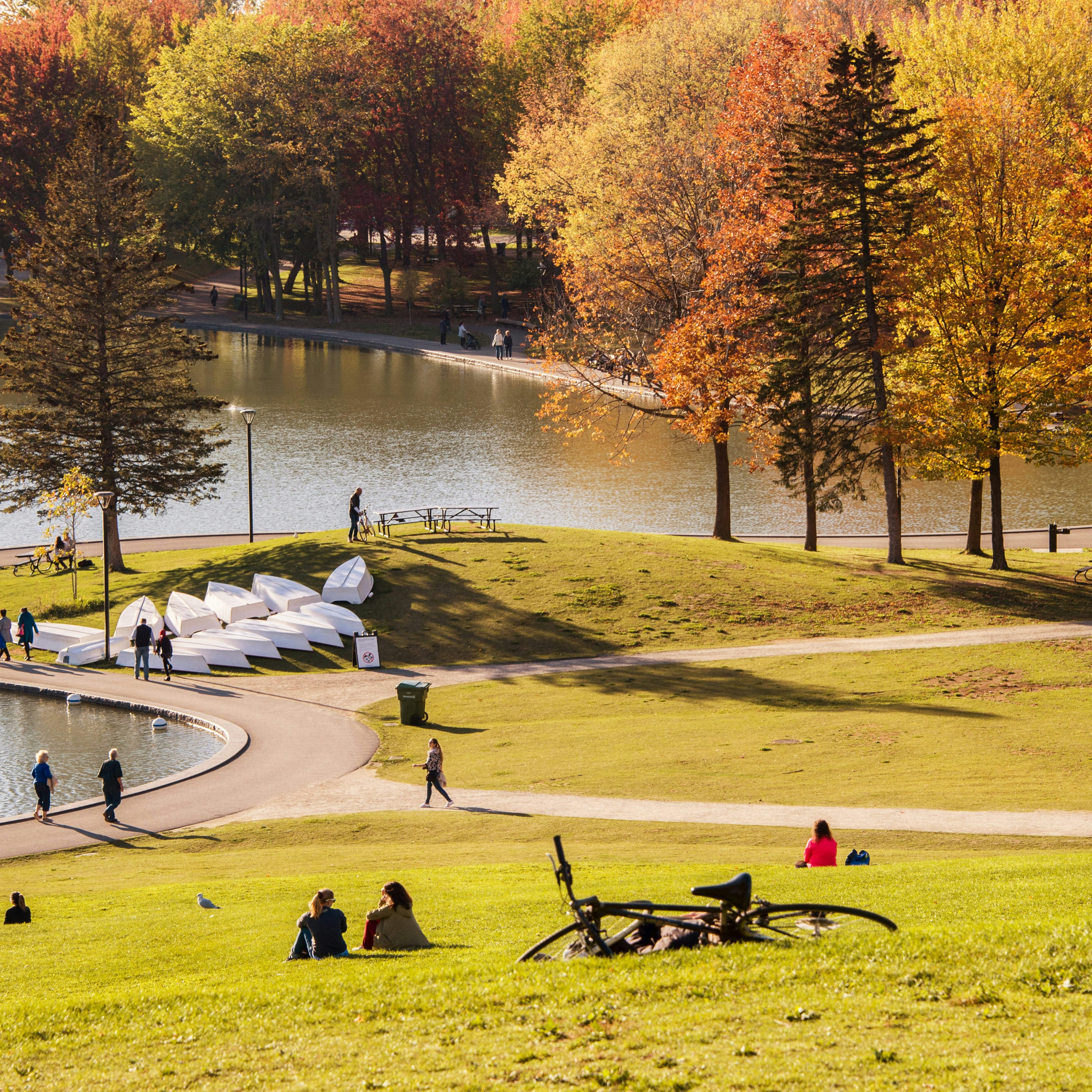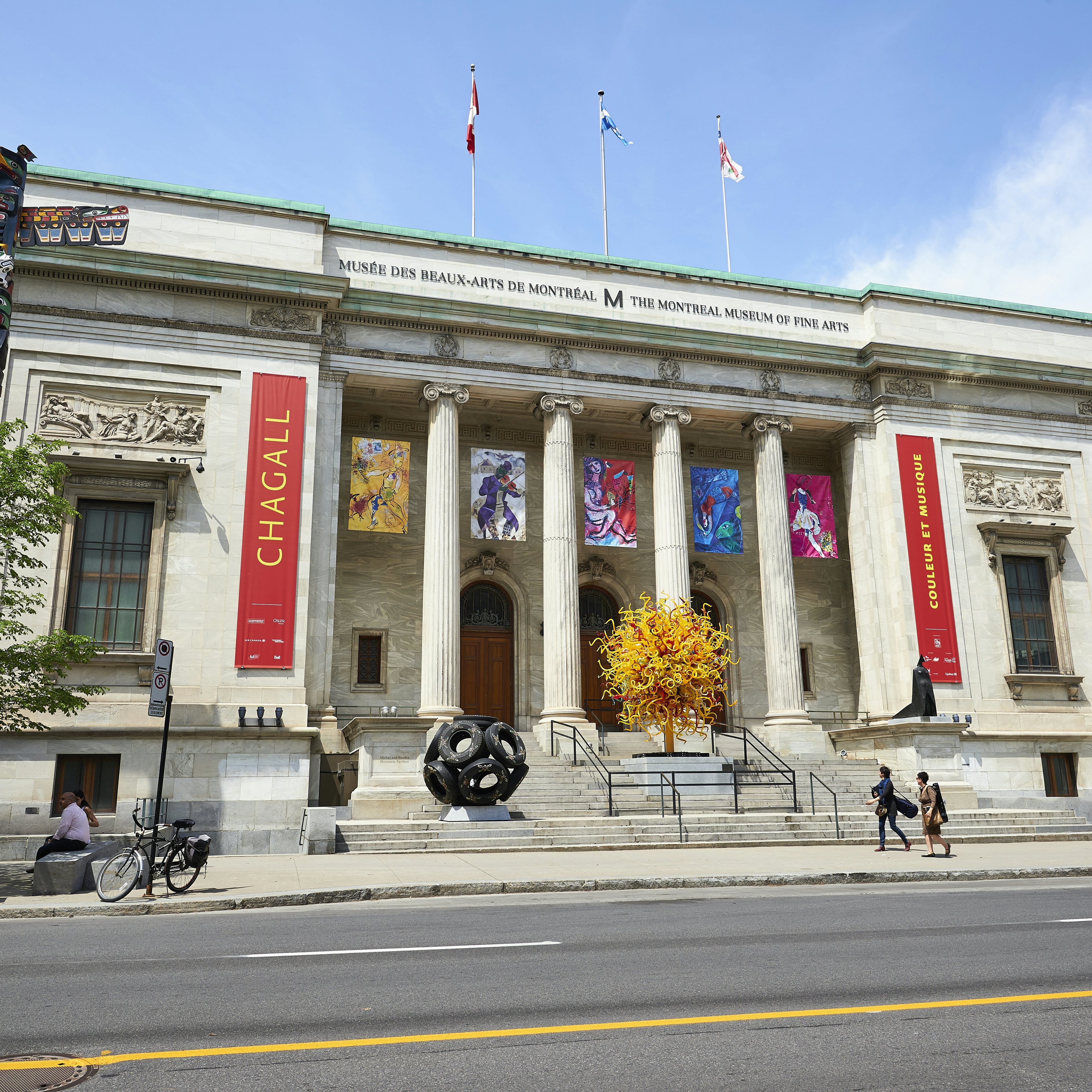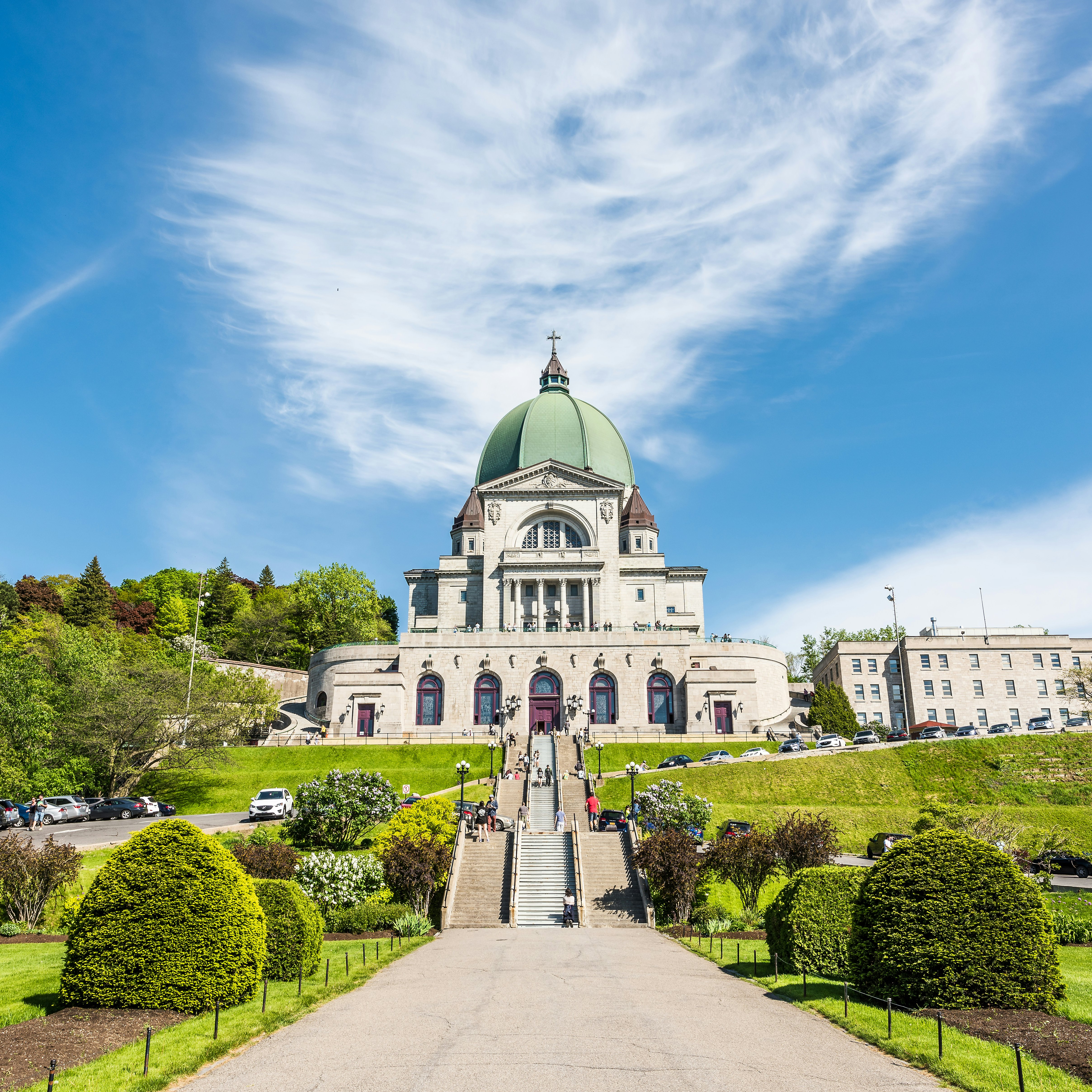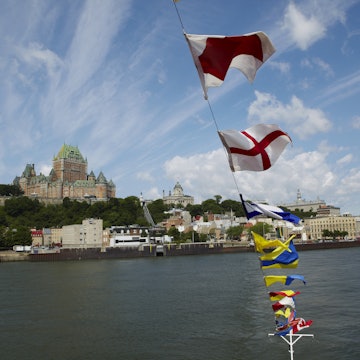

500px
Overview
Québec truly feels like a country within a country, an island of francophone linguistic and cultural identity within the greater Canadian sea. Of course, this is Canada, with its interplay of vast wilderness and cosmopolitanism, but Québec's embrace of terroir, its language, its passion for everything from winter snow to wine to gastronomy, is something else, an 'else' that encompasses identities both distinctly North American and European.
Leave the planning to a local expert
Experience the real Québec. Let a local expert handle the planning for you.
Must-see attractions
Planning Tools
Expert guidance to help you plan your trip
Free Things to Do
From public art to outdoor excursions, here are nine fabulous things you can do in Montréal for free.
Read full article
Get a book. Get inspired. Get exploring.
in partnership with getyourguide





















